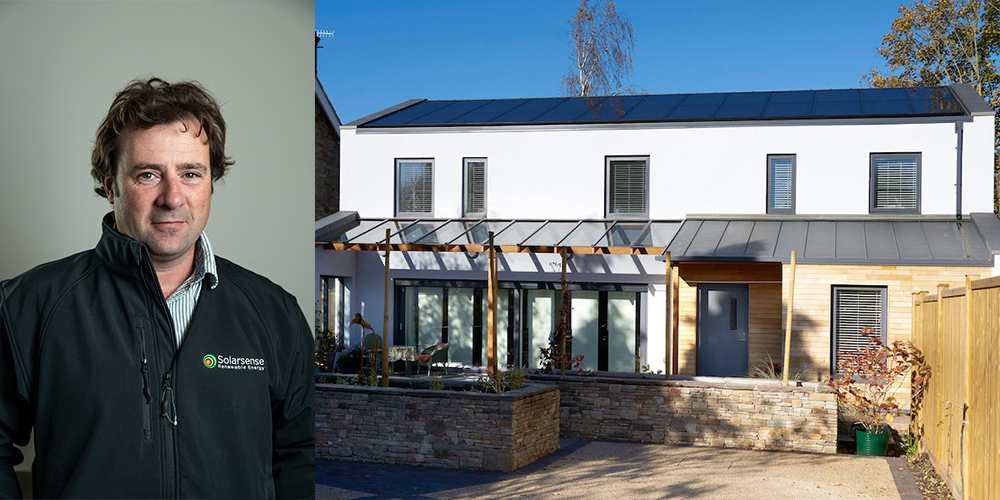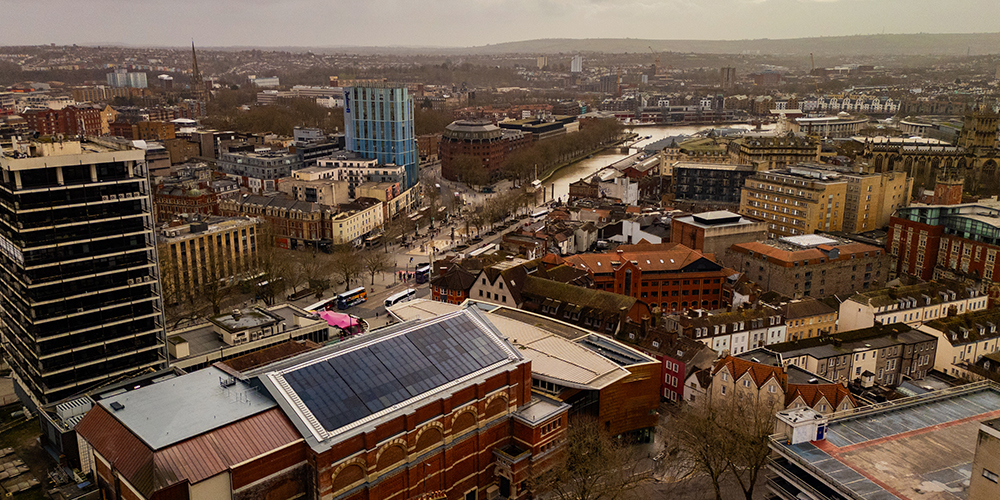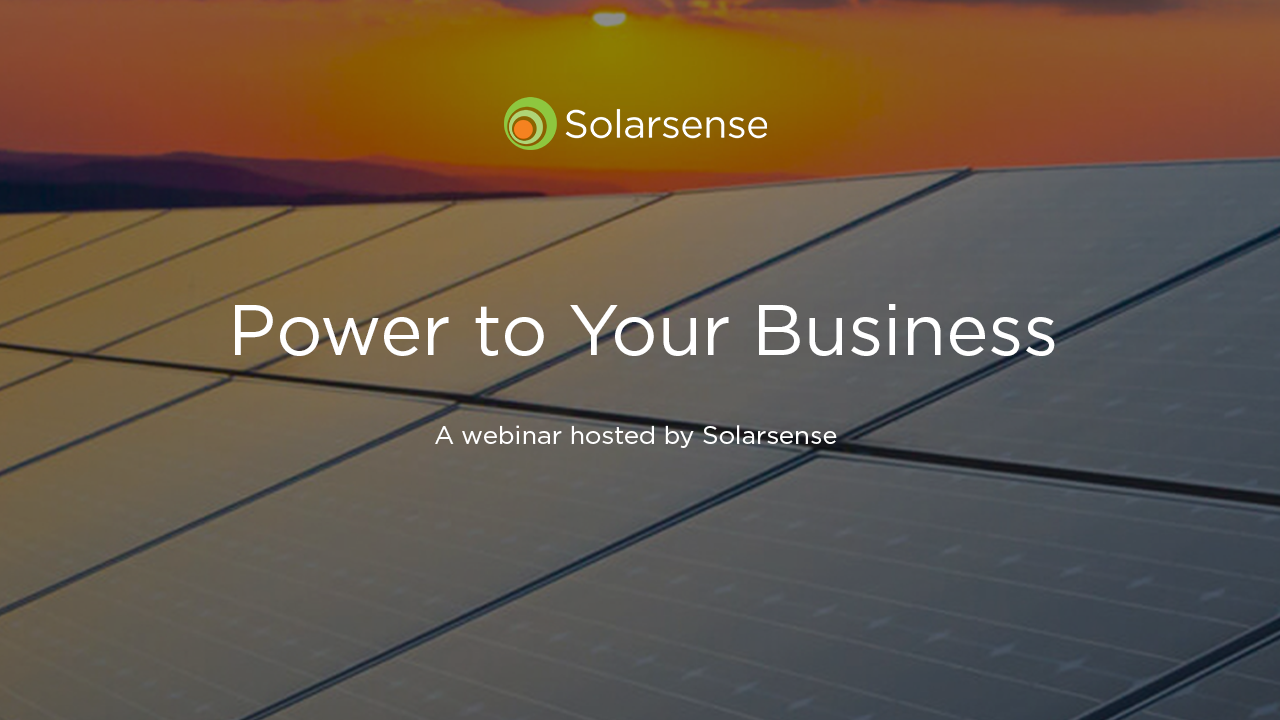
Q&A with our clean energy experts
Alex Dyson – Project Manager, Solarsense
More than 1.3million homes in the UK have now installed solar panels, however, as the technology gains mainstream popularity, many are still confused on the basics. We’ve therefore covered some frequently asked questions below and welcome any queries from those who are considering the switch to generating their own clean energy.
Do solar panels stack up financially?
Yes! Solar panels are a very sensible but long-term investment for those looking to future proof their home, reduce their energy bills and improve their carbon footprint. The cost of manufacturing PV modules has plummeted by some 82% over the past decade and these cost reductions are passed onto homeowners when purchasing their system.
Sunlight is free, so once you’ve paid for the initial installation, your long-term electricity costs will be reduced considerably. Your installation will eventually pay for itself over time (usually within 6-7 years), the exact period will be determined by a number of factors such as the size of your array, roof orientation, shading issues and the brand of panel you choose. It is worth noting that the ROI from installing solar is likely to be much more than the interest you will gain from your bank.
Would you advise combining your panels with a home battery?
Integrating your solar panels with a home battery such as the Tesla Powerwall is a great way to leverage additional benefits for your home. In most cases, a home battery allows you to store the free electricity your solar panels produce instead of exporting it back to the grid, allowing you to utilise more of your free solar energy in the evenings or when the sun isn’t shining. This is particularly useful for working families, who are likely to be out during the day, and therefore unable to use the energy they have produced.
Battery systems are technically complex and unlike solar panels there are a number of different factors to consider before installation. Each home battery offers the potential to become more energy independent, generate additional savings and live more sustainably, however, there are a number of different products on the market, each offering different features and functions. At Solarsense we will help you to identify which products are most suited to your particular home and match your energy consumption.
Can solar PV panels heat my water?
Yes. If you have a hot water tank with an immersion heater installed in your home, you can use the excess energy generated by your solar PV panels to heat your water. Every unit of power used to heat your water in this way reduces energy bought from the national grid by the same amount, resulting in significant savings. It is worth noting that many of those replacing their combi-boilers are now switching back to a tank due to the benefits.
Has the subsidy for solar PV panels been removed?
Yes, the Feed-in Tariff (FIT) scheme was closed in early 2019 for new registrations. The reason for its removal was that solar PV technology has matured past the need for subsidisation and the energy savings alone are considered strong enough to provide very healthy financial returns.
The key is to consume as much of the energy you generate rather than exporting it back to the grid. This is where battery storage and other technologies can help to increase your savings. You may choose to charge your electric vehicle for example, or heat your water for free as explained above.
Are there other ways to increase your savings?
Yes. A good tip is to use as much of your solar energy during the day whilst your system is generating, this can be improved by installing timer switches on your washing machine and similar appliances so that you can use as much of your free solar energy as possible, reducing the need to buy expensive electricity from your energy provider.
Will my house be suitable for solar panels?
Conventionally the ideal roof for solar panels was considered to be large, unshaded, south facing and pitched at an angle between 30º and 45º. Whilst this is still largely correct, the ideal pitch and orientation of your roof is now considered less important. This is largely due to the way in which we generate and use our energy; whilst south facing is ideal for generating vast amounts of energy to export (excellent when the FIT existed), an east/west facing roof is more likely to match the way you consume your energy, offering more power in the early morning when we flick on the kettle and get ready for work and later in the evening when we return home.
North facing roofs typically generate less power, however, if your system is designed correctly with the right panels and technologies, even a less than perfect roof can generate excellent results. For example, there are a number of technologies that can help to overcome issues with shading such as SolarEdge optimisers. There are even options for ground mounting your panels if your roof isn’t the right fit and you have available space.
Is there any more information available to help me make a decision?
Yes, you can find more information on our website under solar panels. Alternatively if you have been considering battery storage or a heat pump now is a great time to get a quotation with no obligation to buy.
FURTHER NEWS
You might like…



